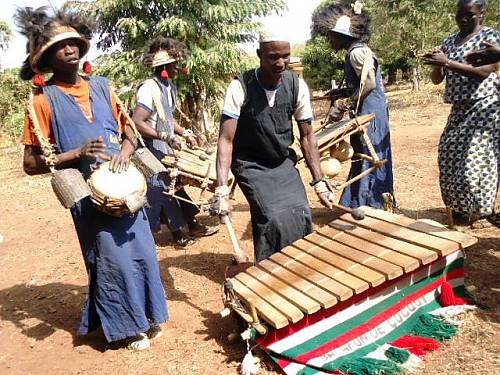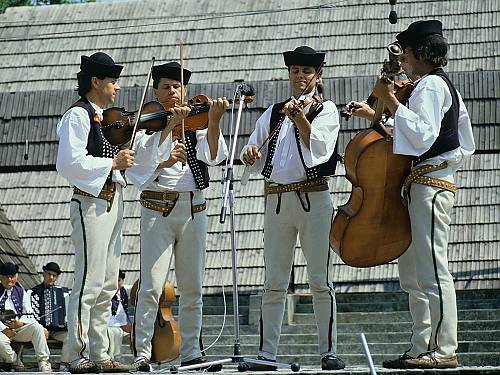The adoption of safeguarding plans for traditional music marks the project’s success where local communities have been sensitized, musical traditions inventoried, a database and a collection of documents created. Senegal’s objective has been achieved, following eighteen months of implementation aimed at the safeguarding of traditional music in Senegal, accompanying various events of social life (rituals and celebrations related to the birth, death, initiation, agriculture and fishing).
Implemented by the Cultural Heritage Department of the Ministry of Culture and Francophonie in cooperation with the Senegalese National Commission for UNESCO, this project sought to reinvigorate the intergenerational transmission of this intangible cultural heritage and to strengthen the capacity of the communities concerned in inventorying it.
The inventories have highlighted the cultural diversity of the country and consequently encouraged appropriate safeguarding plans. In the southern regions of Casamance, people are very attached to traditional beliefs and practices (initiation and agricultural rites) and live in forested areas where their musical expressions punctuate the cycle of life. While in the Northern region of the Senegal River valley, which is open to Moorish and Soninke influences and where populations of fishermen and farmers are more mobile, the expressions have been continuously enriched by cultural exchanges.
The results of this project reflect the duality of a more global approach to culture embedded in the territorialization strategy of the National Policy of Cultural Development in Senegal. This new policy aims to build on an enhanced safeguarded and valorized cultural heritage as a basis for national cohesion and leverage of sustainable local development.
Thanks to the 80,000 USD from the Intangible Cultural Heritage Fund for financial assistance, between awareness-raising missions and training on inventories, there were about 700 direct and indirect beneficiaries of the project including communities, musicians, traditional and political authorities, and the press.


